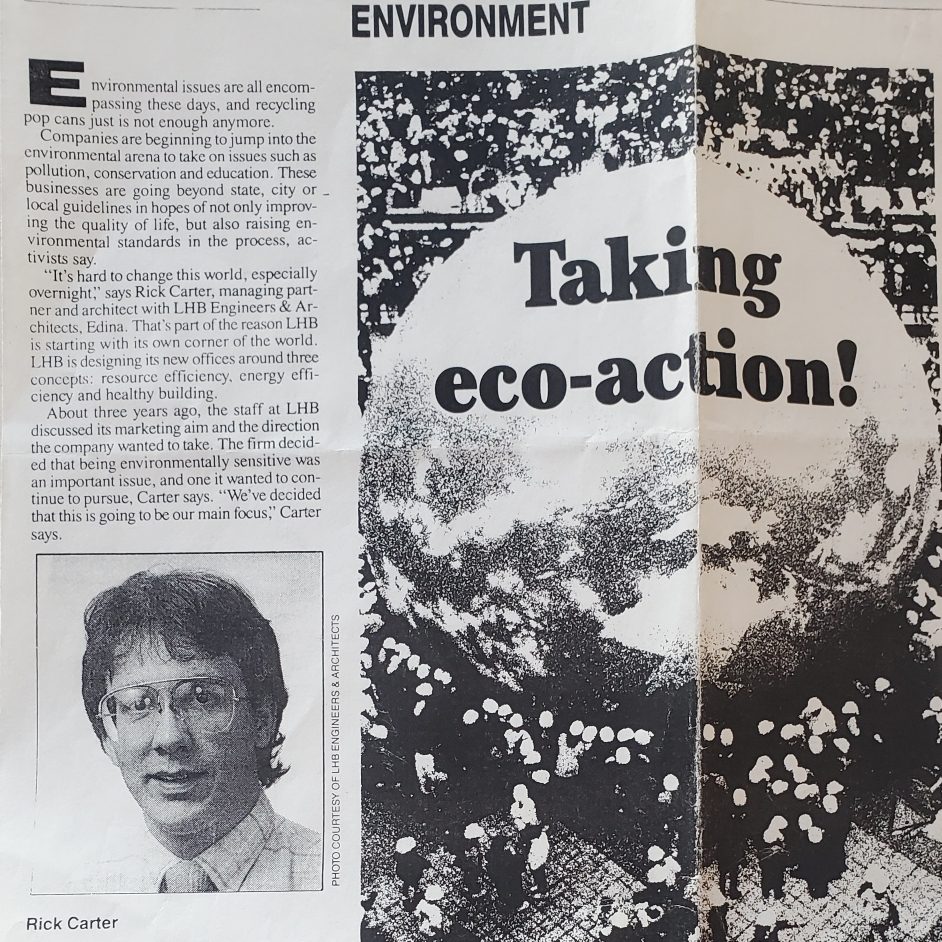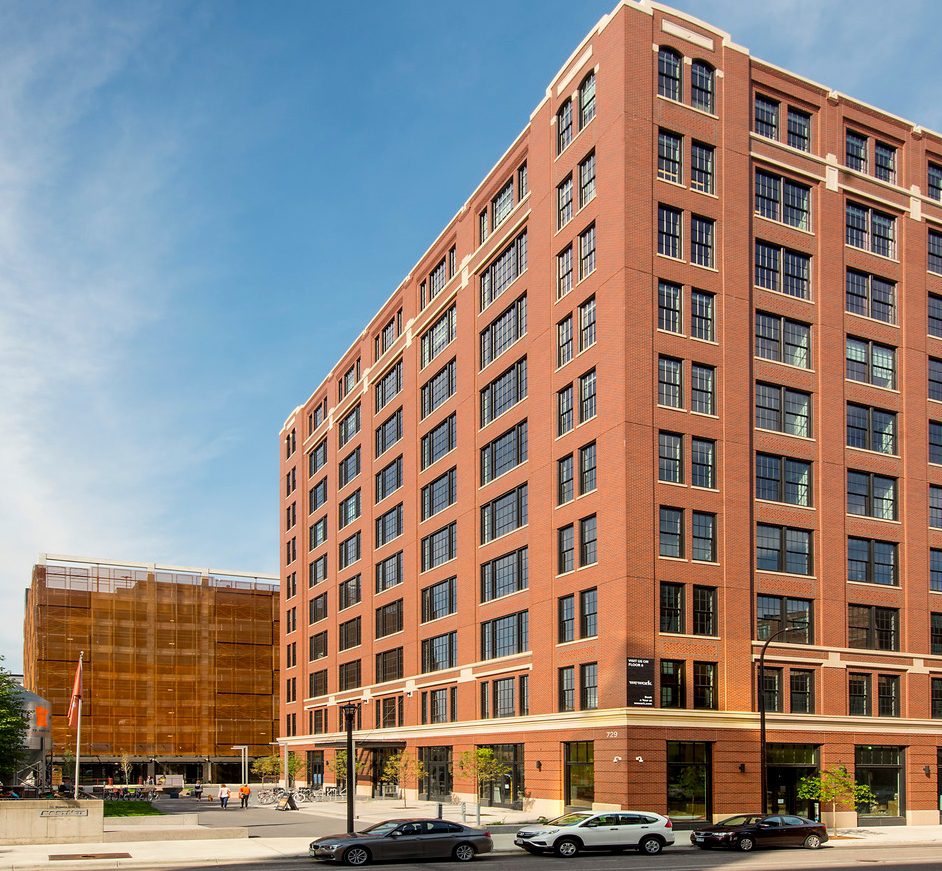

Phil Waugh
Phil is a Historic Preservation Specialist and Project Manager at LHB who joined the Integrative Design Team in 2013. With over 18 years of experience, his expertise lies in building investigations, material research, and construction methods. At LHB, his responsibilities include project management of historic preservation projects, performing building condition surveys and analysis, writing preservation specifications, historic design reviews, writing Historic Preservation Tax Credit applications, preservation planning, and grant writing.
What are some misconceptions about historic preservation in the architectural profession?
That it’s all about buildings built in the 1800’s and that preservationists are inflexible. I think preservation is an incredibly creative side of architecture. When you’re dealing with existing conditions, it forces you to be more creative about how you use space and restore buildings.
Will you talk about a project where you feel like you were able to be the most creative?
About 9 years ago, I helped manage the restoration of the Split Rock Lighthouse before I came to LHB, and I continued to work with them after joining LHB. It had some inherent moisture intrusion issues which was attributed to the way it was being operated in terms of ventilation. When I came to LHB, David Williams and I started looking into the issue further. We did smoke testing to see how the ventilation would work. I think we came to some interesting conclusions on how to dry out the lighthouse.

That project had everything to do with creative thinking because you couldn’t come in with any preconceived ideas on how to solve the issue. You needed to know what questions to ask and be able to follow those questions to their logical conclusion. Sometimes, it will take you down the wrong avenue, and you’ll need to think back to the bigger picture questions. It’s also important to find the right people to bring onto the project, like David Williams, who is a creative thinker and doesn’t feel that you need to push modern systems into buildings.
Many see historical preservation and sustainability as two separate concepts. Can you speak to that?
You cannot talk about sustainable design without including historic preservation. In fact, if you’re designing something to become sustainable, your key focus should be on preserving older infrastructures. If you need to build a brand-new building on a greenfield, maybe that project shouldn’t be able to get a certain number of credits for sustainability in systems such as LEED, WELL Building Standard, or the Living Building Challenge because of choosing not to utilize an existing infrastructure. I think preservation needs to be part of that conversation.

You’ve been teaching a sustainable design and preservation class at the University of Minnesota, College of Design. What is your favorite thing about teaching this class?
It gives me the chance to take some time and think more critically about the relationship between historical preservation and sustainability, when I normally don’t get to. One of the hardest things is preparing 6 hours of lecture material for the class that week, but once I’m in the classroom and start having these dialogues with graduate students who are really critically thinking about these topics and bringing new ideas to the table, it’s incredibly energizing.
Do you have a favorite lesson planning topic?
I have a few: the first is an introduction topic that shows that the idea of a sustainable building is not a new concept. I ask my students to list what things they would consider if they were to design a sustainable school. After, I show them various texts that have had significant influence on school design and many of the items that the students listed are discussed in the texts.2345 These documents really show that people have been thinking about health, wellness, and sustainability for a long time. There’s this idea that sustainability is new to everyone. The word is new. Maybe the way we interpret sustainability might be somewhat new, but the concept of carefully using our resources and having a healthy occupied building is nothing new. And that idea is a lot of fun to teach.
During the semester, we also do several field trips where we walk around various historic districts in the Twin Cities and talk about materiality in design. When you look at historic buildings you may have three or four materials that are consciously used and crafted. Then, you look at newer buildings, there are probably 30 different materials being used. It’s just not the same quality.
2 Minneapolis Public Schools Historic Context Study: Carole Zellie Landscape Research LLC, St. Paul, Minnesota April 2005
3 Bruce, William George, William Conrad Bruce, and Frank Milton Bruce. School architecture: A handy manual for the use of architects and school authorities. Johnson Service Company, 1910.
4 A Million a Year: A Five Year School Building Program including Discussion of Some Fundamental Educational Policies. City of Minneapolis: August 1916.
5 Annual Reports. Minneapolis School Board, 1890-1942.

